
“The system works.” With those four words, Mike Rucker of General Atomics signaled a dramatic turn in one of the most ambitious weapons projects of the century the electromagnetic railgun. Once shelved by the U.S. military in 2021, the technology is now being pitched as a cornerstone for the Pentagon’s Golden Dome missile defense initiative and as a terminal shield for Guam against high-volume missile and drone threats.
The railgun’s promise lies in its raw physics: accelerating projectiles to hypersonic speeds using electromagnetic force rather than chemical propellants. At 32 megajoules, General Atomics’ top-end variant could hurl tungsten warheads at Mach 6, intercepting ballistic and cruise missiles at a fraction of the cost per shot of traditional interceptors. This revival comes as other nations-most notably Japan and China-achieve operational milestones in ship-mounted railgun systems.
This list breaks down the most compelling developments, technical leaps, and strategic implications that have shaped the resurgence of the railgun-from engineering breakthroughs to geopolitical drivers.

1. From Cancellation to Comeback
The U.S. Navy and Army axed their respective railgun programs in 2021, after over a decade of investment citing excessive cost, persistent barrel wear, and integration hurdles. General Atomics, however, continued the independent R&D to refine the designs toward solutions of those very issues. Rucker formerly served as program manager for the Navy’s railgun; he now claims that the issues with reliability and barrel life have been fixed and that the challenge today isn’t lab performance but rather fieldable systems soldiers and sailors can operate.

2. The 32-Megajoule Hypersonic Edge
General Atomics’ multi-mission railgun family ranges from 3 to 32 megajoules of muzzle energy, the largest of which can achieve Mach 6 launches. At those speeds, even inert tungsten pellets pack destructive kinetic energy without needing explosives. The company claims the system can engage both cruise and ballistic missiles, offering standoff interception at unprecedented speeds.
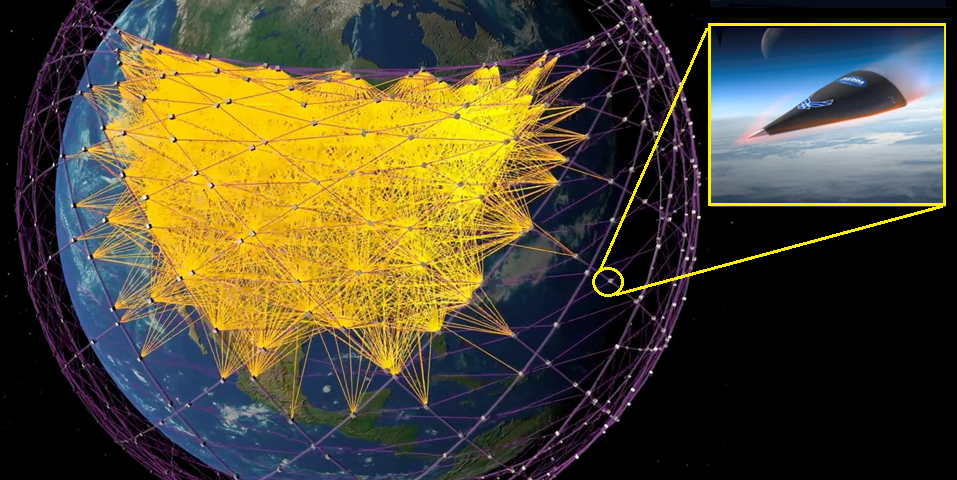
3. Golden Dome Missile Shield Integration
The Golden Dome would be a multilayered defense system against ballistic, hypersonic, and cruise missiles in all phases of flight. GA-EMS seems to position its railgun as a terminal-phase layer-the last line of defense-complementing kinetic interceptors and directed-energy weapons. Its high rate of fire and deep magazine could counter massed salvos that might overwhelm missile-based systems.

4. Guam’s Strategic Vulnerability
The current defenses in Guam were designed with limited North Korean threats in view, not massed Chinese long-range fires like the Dong Feng series or submarine-launched cruise missiles. The Enhanced Integrated Air and Missile Defense system currently under construction will add radars, Aegis-based launchers, and interceptors. A railgun could provide a cost-effective supplement, especially against saturation attacks, reducing reliance on expensive missile interceptors.

5. Japan’s Operational Breakthrough
Japan’s Acquisition, Technology & Logistics Agency has moved from prototype to operational trials in record time. In September 2025, a ship-mounted railgun installed on JS Asuka hit a target vessel at sea-the first such demonstration anywhere in the world. Powered by 5 MJ to achieve Mach 6.5 in previous tests, Japan is looking to scale up to 20 MJ for extended range and higher speed with a view to hypersonic missile interception and anti-ship rapid firing.
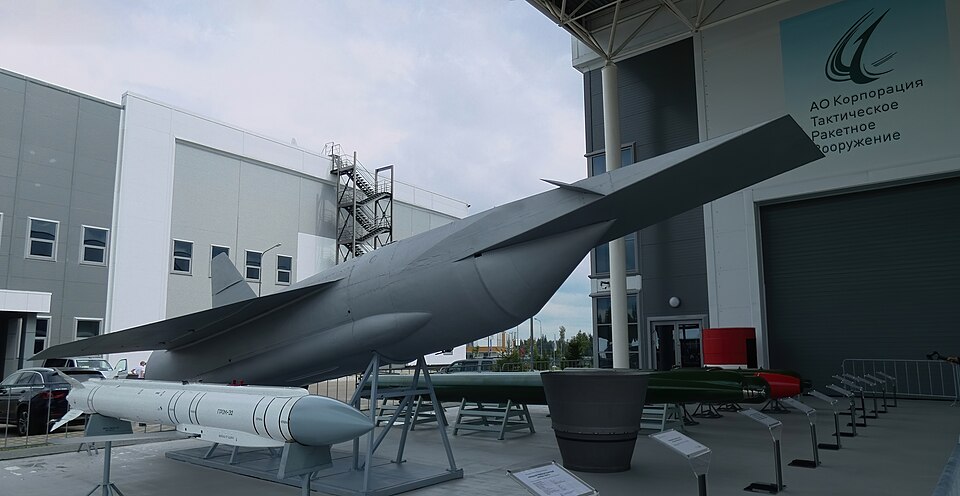
6. China’s High-Power Experiments
China’s railgun program started with a prototype in 2018 on the Type 072III-class Haiyangshan and has since evolved to the so-called “X-rail gun, reportedly firing 60-kilogram projectiles at Mach 7 to ranges of 400 kilometers. Claims include continuous firing at hypersonic speeds without barrel damage, aided by AI-monitored systems-though Western analysts remain cautious due to limited verifiable data.
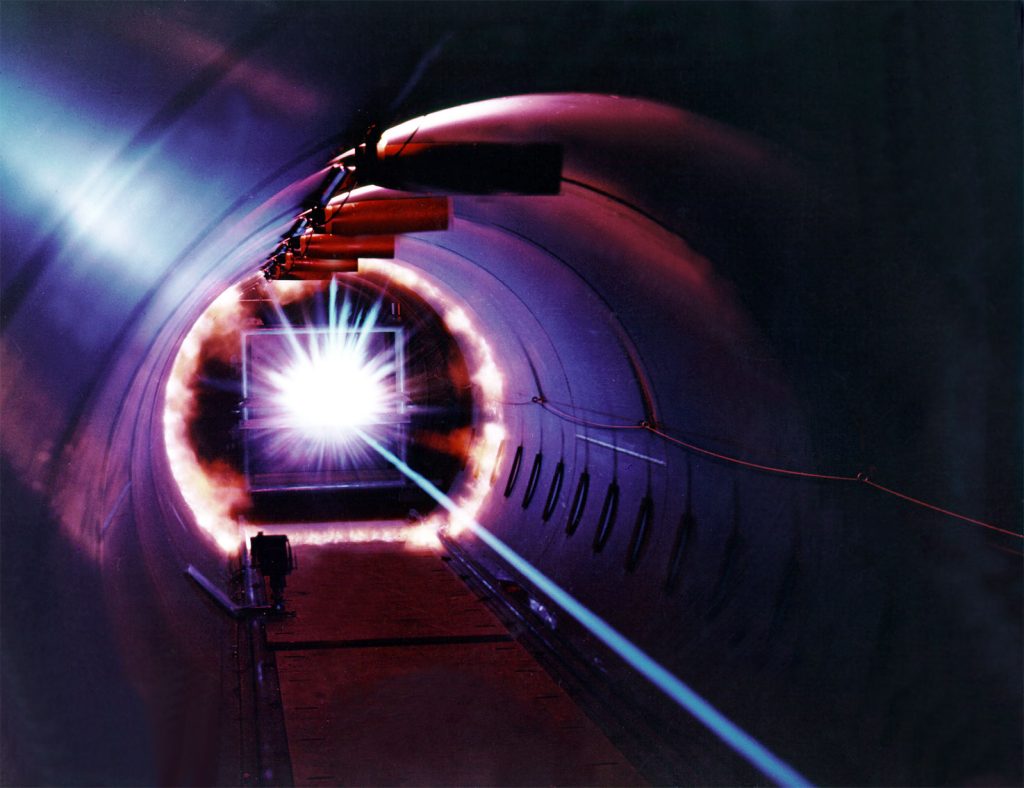
7. International collaboration and competition
France, Germany, and Japan signed the 2024 Implementation Guidelines for Cooperation in Railgun Technology, aligning with Europe’s PILUM project to develop electromagnetic artillery capable of hypervelocity projectiles over 200 kilometers. Italy’s Herakles program and public tests by Turkey underline an expanding field of competitors as the U.S. considers reentry into the race.
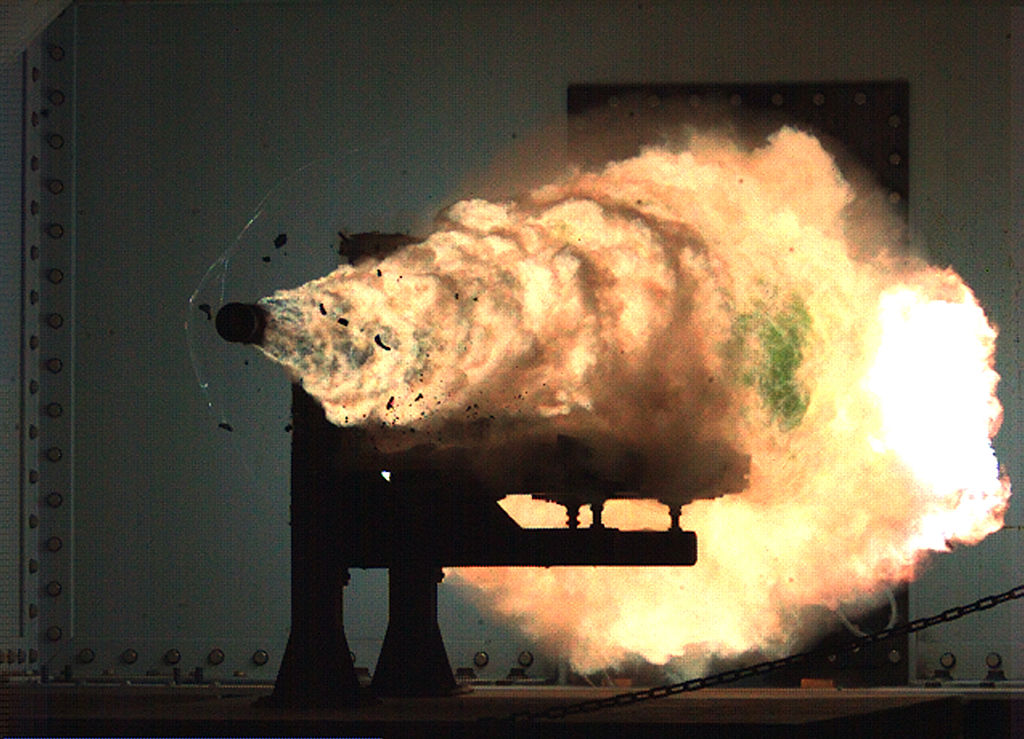
8. Overcoming the Power Problem
Railguns require enormous bursts of electrical energy-a small unit draws the equivalent power of 10,000 homes-so developing practical pulsed power systems, energy storage, and cooling have been key to making railguns feasible. General Atomics asserts it has integrated power solutions-avoiding those massive, space-consuming setups seen in earlier prototypes-that would let it deploy them on both ships and land platforms.
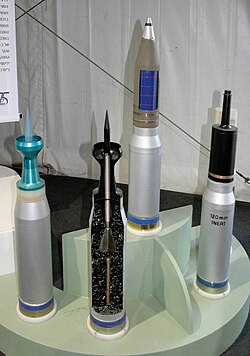
9. Barrel Life and Sustained Fire
High-velocity launches wear barrels out rapidly, affecting both accuracy and safety. Japan’s recent trials demonstrated a barrel life of 120 rounds without significant wear, which is quite remarkable. This durability could turn railguns from experimental curiosities into dependable operational weapons if the results can be scaled up to higher energies and rates of fire.

10. The Drone Swarm Factor
While railguns were optimized for missile defense, the emerging threats include low-cost, autonomous drone swarms that can be launched covertly from within U.S. territory. A saturation attack of that type could overwhelm defenses, and railguns, like any conventional gun, face the problem of ammunition expenditure. Directed-energy weapons may offer lower cost-per-shot alternatives in this arena, but kinetic options remain relevant due to atmospheric and durability limits.

11. Strategic Implications for U.S. Defense
Development of railgun technology could enable magazine depth and drive down per-shot costs in missile defense, making it tougher to saturate defenses. The ability of the U.S. to match or surpass the operational strides made by Japan and China depends on integration into existing command-and-control networks, logistical support, and training. The railgun’s return is more than a technological story it’s a strategic one. As adversaries field faster, more numerous, and more elusive threats, the ability to deliver hypersonic, low-cost, repeatable firepower could redefine terminal defense. Whether the U.S. can translate solved engineering problems into deployable systems before rivals operationalize theirs will shape the balance of power in the Indo-Pacific and beyond.


